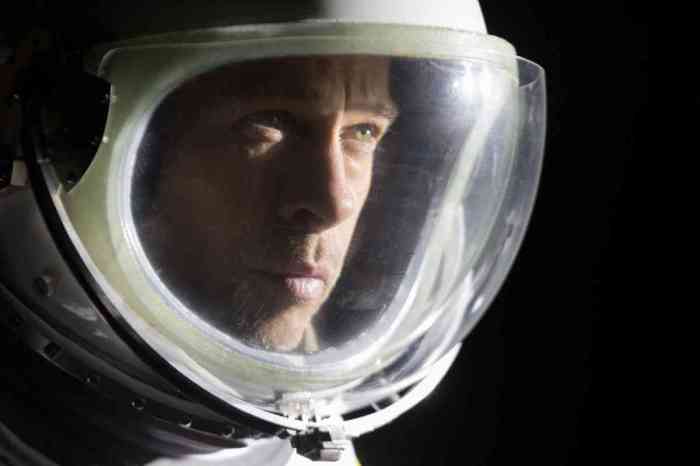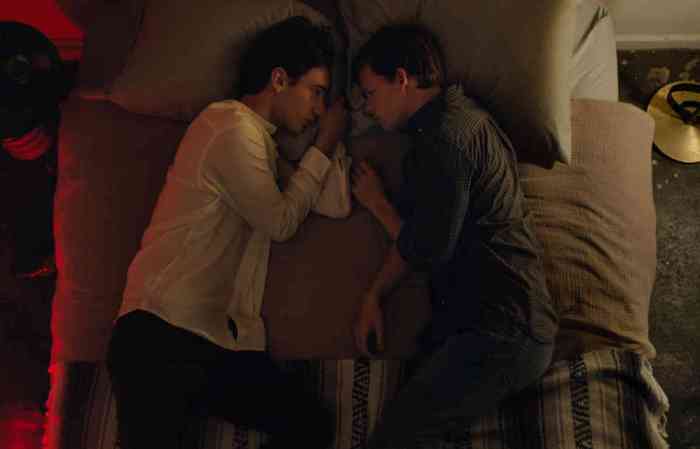Joel Edgerton and Ruth Negga in Jeff Nichols’ “Loving,” which opens November 4. | FOCUS FEATURES
Director Jeff Nichols’ “Loving” has all the ingredients to make an irritating piece of Oscar-bait. It’s a period piece addressing important issues. The Academy Award voters will never realize that “Harold & Kumar Go To White Castle” was a more subversive take on racism than Paul Haggis’ “Crash,” so a film that blatantly foregrounds its grappling with American history is likely to get their nod.
To my relief, “Loving” is modest and human-scaled.
There’s a bare minimum of courtroom histrionics. While it does depict white ACLU lawyers arguing against laws banning interracial marriage, it doesn’t show whites as the saviors of the Civil Rights Movement. It’s rooted in a very specific and detailed sense of time and place.
Ruth Negga, Joel Edgerton lend understated authenticity to Jeff Nichols’ story of landmark civil rights win
“Loving” begins in Central Point, Virginia, in 1958. Richard (Joel Edgerton) and Mildred Loving (Ruth Negga) are a married couple. He is white, and she is African-American. While they know that it’s against the law for an interracial couple to get married in Virginia — they drive to Washington, DC, for the ceremony — they don’t expect any serious circumstances and are surprised when cops come by and haul them off to jail. After receiving a suspended sentence, they relocate to Washington but don’t like it very much. In particular, Mildred wants to head back to the Virginia countryside, but doing so risks another arrest and serious jail time.
The area of rural Caroline County where the Lovings lived in the ‘50s is carefully sketched out: drag races, parties with moonshine and live bluegrass, early R&B and rock’n’roll on the soundtrack. Richard spends most of his time with blacks, but it seems significantly less segregated than the urban life of the time depicted in “Loving.” In the summer, the cinematography is appropriately hazy.
Nichols seems horrified by the conditions in the Washington neighborhood where the Lovings move. It’s introduced with images of animals eating trash on the street. At night, the sound of people talking keeps Mildred up. Richard is the only white man in sight. Left unsaid is the implication that this grime is a product of segregation and that white neighborhoods are much nicer.
Nichols’ work, particularly “Mud,” has often suggested that he’s a Southern regionalist; here, he went as far as shooting in the same Virginia towns and neighborhoods where the Lovings’ arrest and initial trial took place.
There’s been a lot of Oscar talk about Ruth Negga’s performance — including a Freudian slip from one critic who managed to turn her last name into a slur in the obvious way while he thought he was praising her — but it’s not at all showy. Joel Edgerton’s work is even more minimalist. Neither character talks that much. They’re products of the age before mass media, even if they own a TV set. (When they move back to Virginia, they live in a house without a telephone.) Mildred is more active and talkative; she’s the one who makes the initial decision to write to Bobby Kennedy, which leads to the ACLU contacting her. Edgerton’s performance rides a fine line between emphasizing his character’s laconic nature and showing enough of his intelligence and personality so that Richard never seems stupid. It’s hard to imagine defendants in a comparable Supreme Court case now declining to personally appear at the court.
Of course, there are parallels between the struggles depicted in “Loving” and those still going on. The kind of ugly urban decay and segregation shown in the Washington scenes remains with us. Some of the arguments used against the Lovings’ marriage are specific to interracial marriage: “God created the races and set them on separate continents” (Of course, this never addresses the faults of the slave traders who brought Africans to the New World to begin with.) Some of them will sound mighty familiar to anyone who remembers the recent battles over same-sex marriage.
Period pieces face the danger of rendering prejudice safely defeated and relegated to the past; take “The Imitation Game,” which actually felt less daring than Basil Dearden’s classic “Victim,” a film made while homosexuality was still illegal in the UK. Rather than making any grand statements about American racism, “Loving” is a touching, gentle portrait of a couple that, along the way, depicts their glancing interaction with the Civil Rights Movement.
LOVING | Directed by Jeff Nichols | Focus Features | Opens Nov. 4 | Loews Lincoln Square, 1998 Broadway at W. 67th St. | amctheatres.com | Regal Union Square, 850 Broadway at E. 13th St. | regmovies.com

































